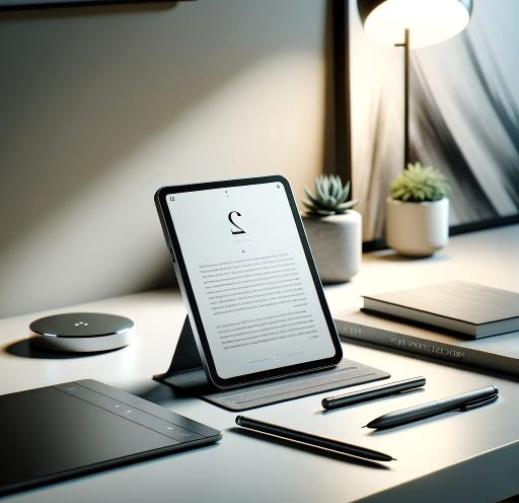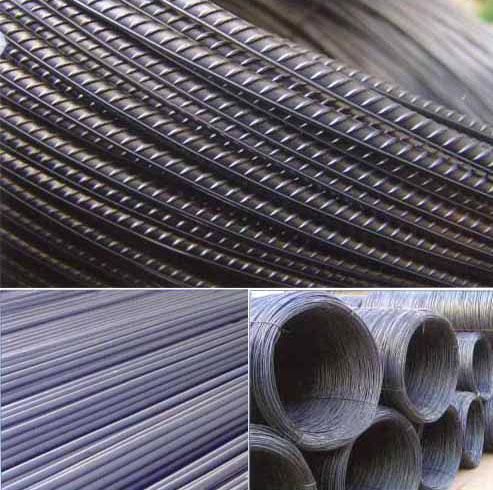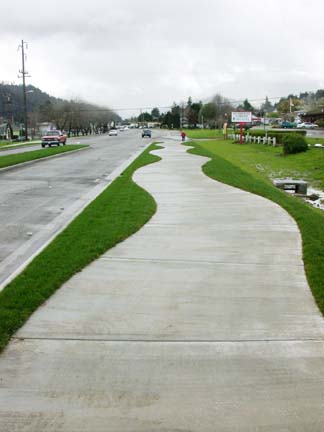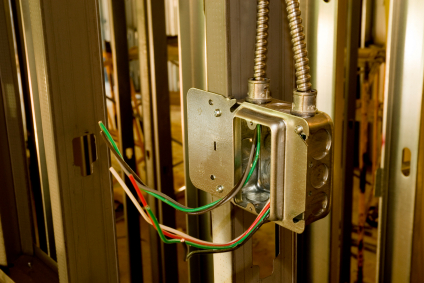1. Ambient. Ambient lighting is general light that fills the room. The light is diffused and produce an overall glow. It should be inconspicuous and blend into the surroundings. It can be accomplished with chandeliers, ceiling or wall-mounted fixtures, recessed or track lights and with lanterns mounted on the outside of the home. Having a central source of ambient light in all rooms is fundamental to a good lighting plan.
2. Task. Task lighting provides lighting for a specific area and task. Lighting for reading, crafts, or writing are examples of task lighting. Task lighting should be free of distracting glare and shadows and should be bright enough to prevent eye strain.
3. Accent. Accent lighting accents a particular part of the room or object in the room. An example would be lighting accenting a painting or sculpture. Accent lighting is the most dramatic type of lighting. To be effective, accent lighting requires as least three times as much light on the focal point as the general lighting surrounding it.
4. Decorative. Decorative lighting is treated as a design element. An example would be a dramatic wrought iron candle stand or small decorative lamp shaped like a butterfly. It is not made to give out much light, but provides a decorative touch. Decorative lighting is usually provided by recessed and track lighting or wall-mounted picture lights.
A well-lit room looks warm and welcoming. But don't forget the bulbs. Natural full-spectrum bulbs can make everything in your room look better, including you!
Sources: Pamela Cole Harris and American Lighting





















































